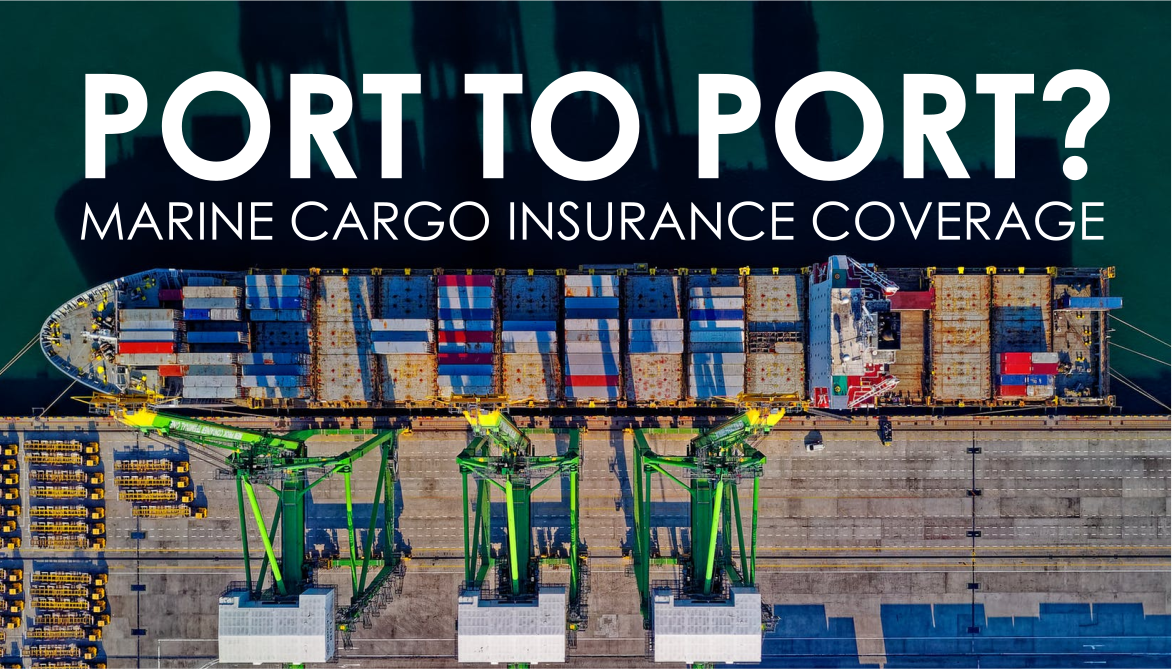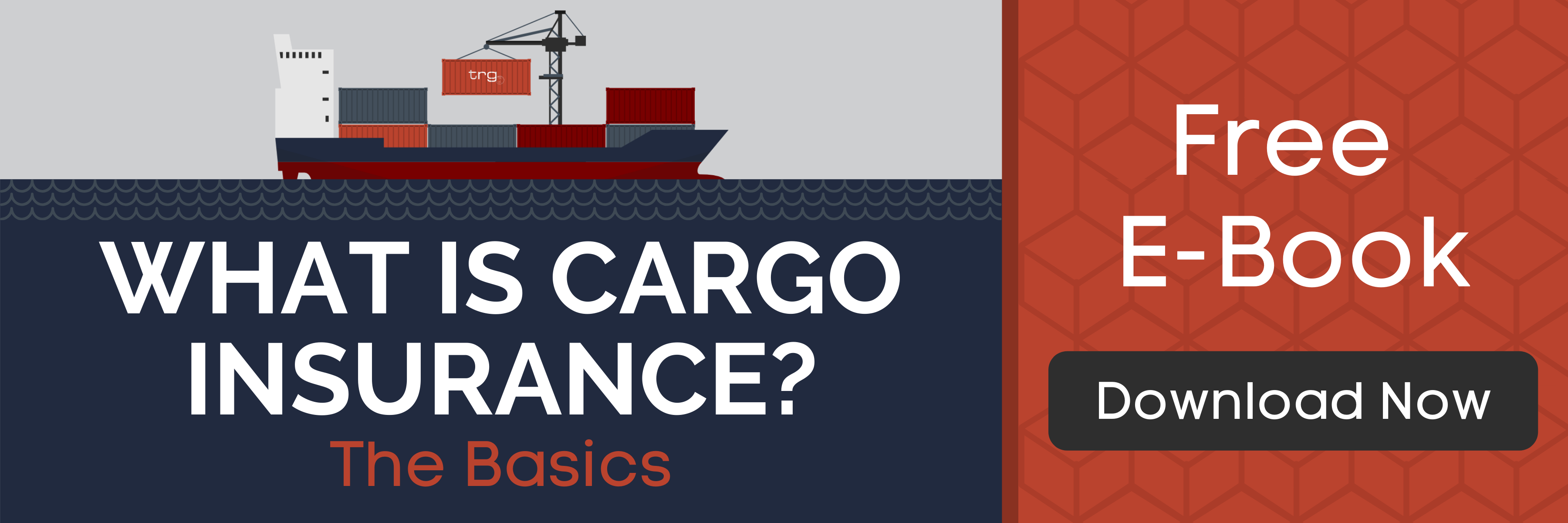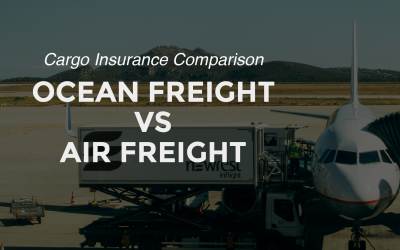From port to port, questions often arise in relation to marine insurance, but TRG will help you to understand the extent of certain marine cargo insurance coverage.
At first, the terms relating to this niche product may seem complicated, but in reality, there is very little ambiguity. By the time you’re done reading this, you should have a good working understanding of these terms.
Before talking about specific coverage ranges, it is important to make one thing clear first: One of the most important factors in this equation of marine cargo insurance coverage is the point at which ownership of the goods is transferred, because the owner of the goods is the party responsible for them and their coverage (or non-coverage). Any issues that arise during transportation are the responsibility of the owner of the goods at the time, whomever that may be, based on the shipping agreement. Transfer of ownership can happen at varying stages of the process, based on the agreement between importer and exporter. Make sure you know when you take ownership of your freight. That being said, it’s time to explore coverage areas.
Let’s start with warehouse-to-warehouse coverage:
Warehouse-to-warehouse is the fullest coverage, protecting assets from the exporter’s warehouse all the way to the importer’s warehouse. This extensive coverage protects goods during the entire period of transit. The term warehouse does not necessarily always have to refer to an actual warehouse—although often a warehouse, it can also be a manufacturing facility or storefront. Most accurately, the exporter’s warehouse is where the goods originate, and the importer’s warehouse is their final destination.
Now, on to port-to-port coverage:
Port-to-port coverage begins as the cargo leaves the port of origin (the shipping port residing in the exporter’s country), and ends at the port of entry (the shipping port residing in the importer’s country). This means that anything that happens between (essentially, during the oceanic voyage) is covered under the policy. Once goods reach their port of entry, the coverage ceases, hence the term port-to-port. This type of policy is the smallest amount of marine coverage available but can be quite effective in the right situation.
Port-to-warehouse coverage looks like this:
Port-to-warehouse coverage begins in the same way port-to-port coverage does; however it doesn’t end at the destination. Port-to-warehouse coverage extends to cover goods until they reach the destination warehouse. That means that if something happens to the cargo between the port of entry and the importer’s warehouse, it is under the umbrella of coverage. Anything that happens between the exporter’s warehouse and port is not covered by the policy.
Warehouse-to-port coverage:
Warehouse-to-port coverage is similar to port-to-warehouse, only the goods are covered from the exporter’s warehouse, all the way to the importer’s port of entry. The distance between the port of entry and the importer’s warehouse is not covered in the warehouse-to-port scenario.
It is important for those people working in the arena of global sourcing to be aware of insurance coverage areas in order to get the most out of their insurance plan. Use this knowledge to your advantage and get the coverage you need at the best price.
Hopefully, this primer has been helpful to anyone having trouble understanding the extent of coverage under certain marine cargo insurance policies. Please feel free to call or email our marine insurance experts with any further questions. Happy shipping!






![[Webinar] How to Lower the Cost to Protect Your Warehouse](https://traderiskguaranty.com/trgpeak/wp-content/uploads/2023/10/2023.10_Warehouse-and-Property-Insurance_Page_01-400x250.png)
![[Webinar] 2023 Q2 International Trade Update](https://traderiskguaranty.com/trgpeak/wp-content/uploads/2023/08/2023.07_Q2-International-Trade-Update_Page_01-400x250.png)